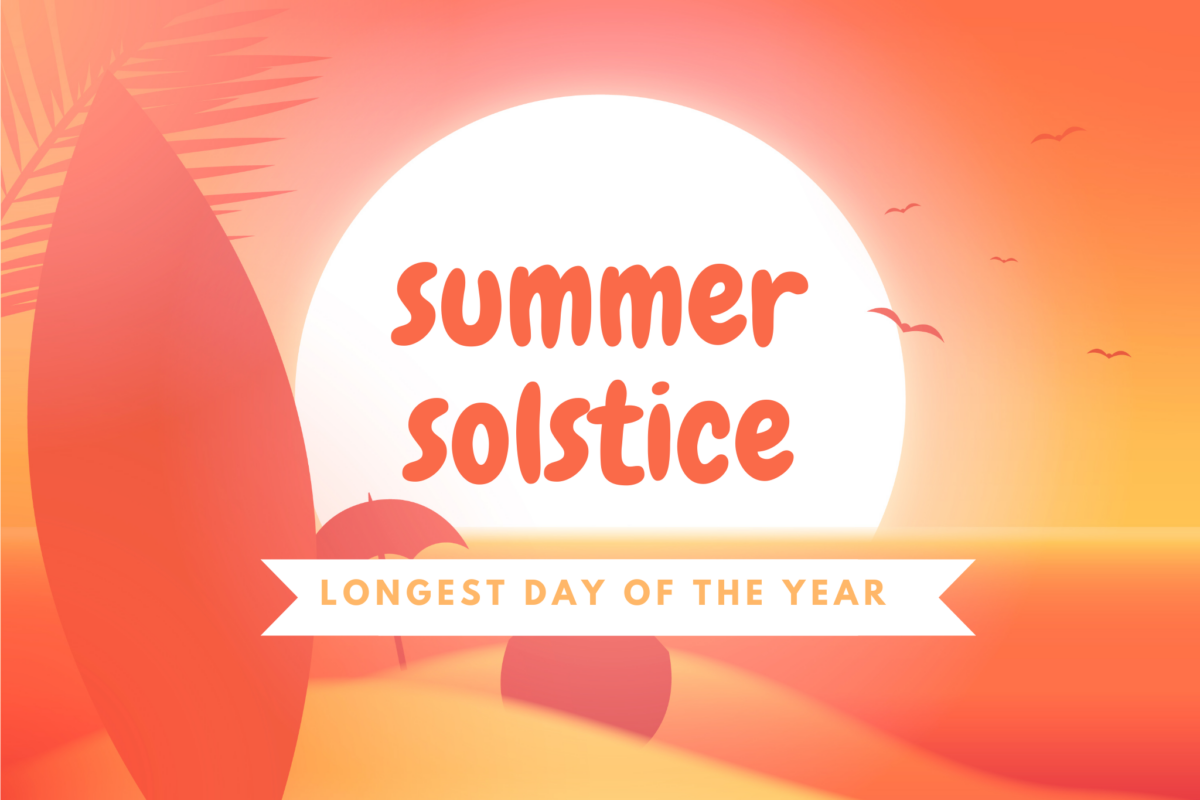
The Summer Solstice, occurring around June 21st, is the longest day of the year and a significant moment in many cultural and natural calendars. As the day with the most sunlight, it brings a unique set of opportunities and considerations. Whether you’re planning a celebration, gardening, or simply enjoying the extended daylight, here are key things to note on the Summer Solstice.
Understanding the Summer Solstice
The Summer Solstice marks the point when the Earth’s axial tilt is closest to the sun, resulting in the longest day and shortest night. This astronomical event has been celebrated for centuries across various cultures, symbolizing the peak of summer and the power of the sun.
Key Characteristics:
- Maximum Sunlight: The day with the longest period of daylight in the year.
- Warm Temperatures: Generally coincides with the onset of summer heat.
- Astronomical Significance: Represents the start of astronomical summer in the Northern Hemisphere.
Celebrating the Summer Solstice
The Solstice is a time for celebration and reflection. Many traditions and activities can make the day special and memorable.
1. Sunrise and Sunset Observations
- Early Morning: Watch the sunrise to greet the longest day. Many cultures view this as a time to welcome new beginnings and reflect on the journey of the sun.
- Evening Rituals: Enjoy the sunset, which can be particularly stunning on the Solstice. Plan a picnic or gather with friends to witness the end of the longest day.
2. Outdoor Activities
- Nature Walks: Take a walk in nature to appreciate the lush greenery and blooming flowers. The extended daylight allows for longer hikes and explorations.
- Picnics and Gatherings: Host a picnic or garden party to celebrate the warmth and light of the Solstice. Use seasonal foods and decorations to highlight the summer theme.
3. Bonfires and Festivals
- Bonfires: Many cultures light bonfires to honor the sun and the Solstice. If safe and permitted, a small bonfire can be a symbolic way to celebrate the power and energy of the sun.
- Festivals: Attend local festivals or create your own celebration with music, dancing, and storytelling that honors Solstice traditions.
Gardening Considerations on the Solstice
For gardeners, the Solstice is a critical time for evaluating and adjusting garden practices to ensure continued growth and productivity.
1. Maximizing Growth
- Sunlight: Make the most of the long daylight hours by ensuring plants get maximum sun exposure. Trim overgrown branches and adjust the position of potted plants.
- Fertilization: Apply a balanced fertilizer to support rapid plant growth during this peak sunlight period.
2. Water Management
- Efficient Irrigation: With higher temperatures, efficient watering becomes crucial. Water plants early in the morning or late in the evening to minimize evaporation.
- Mulching: Apply mulch to retain soil moisture and protect roots from the heat.
3. Pest and Disease Control
- Regular Monitoring: The warmth can increase pest activity. Regularly check plants for signs of pests and diseases.
- Natural Remedies: Use organic pest control methods to keep your garden healthy.
Health and Wellness Tips
The Solstice also invites a focus on personal well-being, offering a chance to align with the natural rhythms of the season.
1. Mindfulness and Reflection
- Meditation: Practice meditation or mindfulness exercises to connect with the natural energy of the Solstice. Use the time to set personal intentions and goals.
- Journaling: Reflect on the first half of the year and plan for the second half. Write about your achievements, challenges, and aspirations.
2. Outdoor Fitness
- Exercise: Take advantage of the extra daylight for outdoor activities like yoga, cycling, or a run. Exercising in natural light can boost mood and energy levels.
- Hydration: Stay hydrated as temperatures rise. Drink plenty of water and enjoy refreshing summer beverages.
Cultural and Historical Significance
The Summer Solstice holds deep cultural and historical importance in various traditions around the world.
1. Ancient Traditions
- Stonehenge: In the UK, Stonehenge aligns with the sunrise on the Solstice, attracting thousands for a unique celebration.
- Midsummer Festivals: Scandinavian countries celebrate Midsummer with maypole dancing, feasts, and community events.
2. Modern Celebrations
- Festivals: Many modern festivals incorporate ancient Solstice traditions, blending music, art, and cultural rituals.
- Personal Rituals: Create your own rituals that resonate with the themes of light, growth, and reflection.
Practical Tips for the Solstice
To make the most of the Solstice, consider these practical tips:
1. Plan Ahead
- Events and Gatherings: Schedule activities early to make the most of the extended daylight. Plan any outdoor events with weather forecasts in mind.
- Gardening Tasks: Prepare your garden for the Solstice by completing major tasks such as planting and mulching in advance.
2. Stay Safe
- Sun Protection: Use sunscreen, wear hats, and take breaks in the shade to avoid sunburn and heat exhaustion.
- Hydration: Keep hydrated, especially if engaging in physical activities outdoors.
3. Enjoy the Day
- Relaxation: Balance activity with relaxation. Take time to enjoy the beauty of nature, whether through a leisurely walk, reading in the garden, or simply soaking up the sun.
Conclusion
The Summer Solstice is a powerful and significant day, offering a chance to celebrate, reflect, and connect with nature. Whether through ancient traditions, gardening, personal wellness, or festive gatherings, the Solstice provides a unique opportunity to embrace the peak of summer and the abundant energy it brings. Enjoy the longest day by integrating these practices into your routine and creating meaningful moments that honor the spirit of the Solstice.

